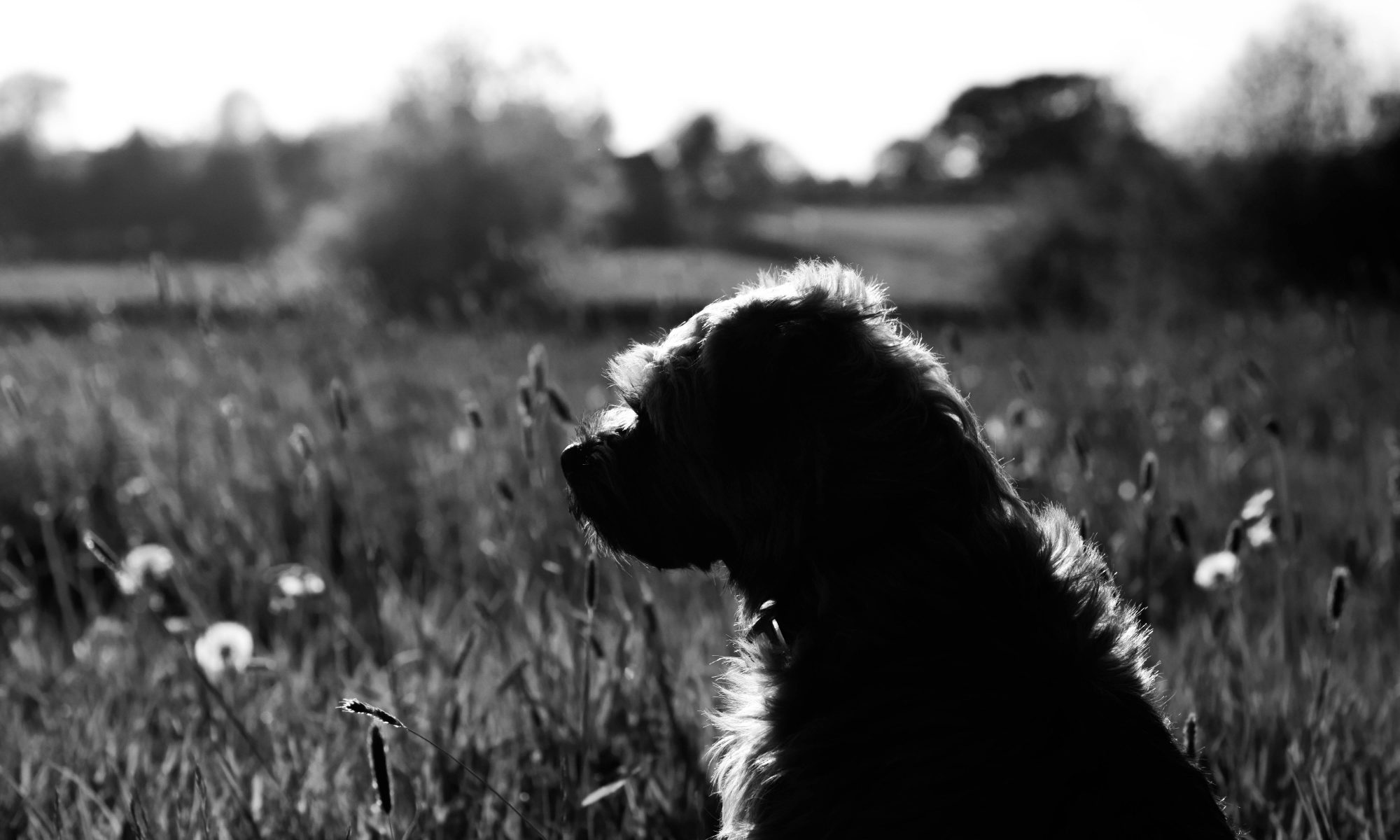Late August in northern England often has more of a feel of Autumn about it than any sense of the often misremembered endless, hot summer days of school holidays of a childhood long gone. Fluffy clouds scud along on freshening breezes against a deeper, more chromatic blue than that of the hazier dog days of only a couple of short weeks ago. Blizzards of willowherb seeds dance and swirl to the whims and eddies of the wind. The swifts have departed, the family summer holiday has already shapeshifted into little more than a folder of photos, and household activity has turned towards the rapidly approaching return to school.
But if I close my eyes and rummage around a bit in my thoughts, I can imagine my way back to a moment I prepared earlier; a moment that I suspected I would want to summon again…

It’s a little after 7am. The sun is battling its way through the orchard across the road, gradually lighting up the garden as if a duvet of shadow was gradually being pulled back. It has already drenched the field, scrub, and woods on the hillside opposite with a golden cast and a more vivid palette of green and blue than the stronger, harsher light that will touch this scene later as the day progresses.
At home in North Yorkshire just days earlier I could sense nature rapidly quieting as breeding seasons draw to a close and moults get underway, driving birds to skulk in the undergrowth. Here, however, whilst breeding may also be over, the rabble-rousers of summer are still noisily calling and bickering their way through these earlier hours before the sun drives everyone to shade and inactivity.
The meadow on the other side of the wall from the garden has at least two green woodpeckers loudly mocking each other from respectable distances as they search through the grass and the thyme. There is a tapping from the orchard behind me, the instigator occasionally pausing from its carpentry and shouting a single sharp note to announce itself as a greater spotted woodpecker. In the line of trees on the far edge of the meadow, a group of magpies are arguing with each other in what look like Cyprus trees, and there are frequent harsh, hoarse admonishments from jays as they busy themselves in the oak trees either side. Wood pigeons clatter noisily amongst the branches and collared doves mourn in the day.

Atop the dry stone wall of the garden, and flitting between various shrubs and emitting sharp and repetitive agitations reminiscent of marbles clacking together, are a number of black redstarts; as common here as chaffinches are in my own garden. In the big pine tree in the garden’s centre there are a number of dull looking, busy little finches rummaging, squeaking, and jingling their way through the branches. Although not entirely sure, I’m guessing they are serins.
From the meadow and all across the lawn a symphony of stridulation and chirping is well underway as countless grasshoppers and crickets celebrate summer, whilst swallows and martins swoop, swirl, and twitter just metres above.
In the hillside field opposite a herd of heavy, white cattle is ambling along parallel contours, constantly pausing to tug and munch at clumps of vegetation in what looks to be a rather lovely, messy, and species rich meadow. They are Charolais and they are the signature breed of the region; the rolling landscape being liberally scattered with small herds of them, and only them. As I watch, they disturb four medium sized birds that suddenly fly up and make for the beech woodland just beyond the field. They have pinkish heads and shoulders, and rounded black wings with rather theatrical white stripes, giving an impression of somewhat flamboyant caped crusaders. They don’t call out and I’m not close enough to see much detail, but I know they are hoopoes and am thrilled to have seen what I would never expect to see back home.
I suddenly recoil as something rather large hums past my ear and heads straight for the purple buddleia at the edge of the flagged terrace on which I’m sitting sipping strong coffee. It’s the first of the day’s hummingbird hawk moths. Whilst a wonderfully descriptive name, I can’t help wondering what we called them before we discovered hummingbirds in the New World and then thought to make the comparison with a moth back home. Perhaps it was originally just a humming hawk moth, given the constant tone from its blurred and beating wings. I’ve occasionally seen them at home, but here they are in abundance. It won’t be long before there are four or five whirring away as they probe for nectar.
Another regular at the buddleia also turns up as the warming rays hit the side of the house against which it is growing. With patterning reminiscent of a zebra, it’s a rather misleadingly named pale yellow and black-striped scarce swallowtail butterfly. I suspect its English name hints at its rarity on our island, but here there are numerous individuals fluttering through the garden.
A rustling in last year’s dead and dried leaves that lie along the foot of the garden wall alerts me to one of the many wall lizards that spend much of their days chasing each other across the terrace and, perplexingly seeming to defy the downward pull of gravity, across the entire sun soaked and very vertical side of the cottage.
In one of the shrubs, a large and striking wasp spider is waiting for her breakfast to arrive. When it does, it can be guided in along a zip-zag landing strip.

I walk out onto the patch of lawn immediately adjacent to the terrace to get a better view of the sky and check out who’s up and riding the earliest thermals of the day. There are wafts of thyme and pine resin on a very slight morning breeze, and some very thin hints of cloud looking a bit too apathetic to form anything more substantial before the sun burns them off. There is a kite. It’s much darker than the red kites that I see daily over my own house, and the forked tail seems, well, less forked. I’m sure it’s a black kite.
As I’m on my feet, I might as well investigate the cracking and popping sounds I’ve heard coming from the hazel tree. As I approach, a rather agitated chuntering comes from somewhere amongst the foliage. I creep slowly closer. A movement high up betrays a squirrel. It’s a red squirrel and its flicking its tail in annoyance at me. I’ve interrupted his breakfast. It reminds me of autumn days watching the fast and furious antics of a group of red squirrels at the top of a larch tree in the wood opposite my childhood bedroom in Northumberland. I wonder if the larch tree is still there. I strongly suspect that the squirrels are not. Not the reds, anyway.
As I turn to wander back to head in for a coffee refill, I hear a rowdy party in full swing in the tall poplar trees that are shimmering and glittering in a breeze that looks a little stronger up there than it is down here at ground level. I don’t recognise them by their calls and enthusiastic squabbling, but then they take to the air and vivid yellow and contrasting black wings immediately identify them as golden orioles. A first for me, given they are vanishingly scarce in the UK and constrained to a very small patch of the wrong part of England.
It’s only a moment, a brief window of time from a calm and quiet summer’s morning that’s since passed on. But to close my eyes and summon it now is to wander through the moment, to smell the thyme and the pine, to feel the first warmth of the coming day, and to hear, see, and be amongst the rich diversity of the southern Burgundy hills, just west of Cluny.


